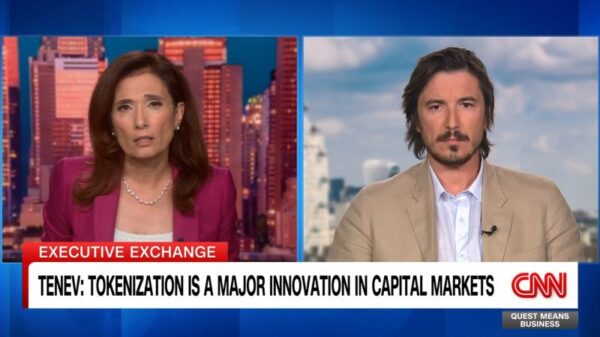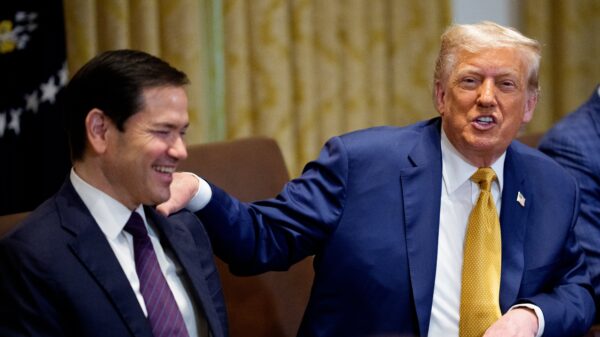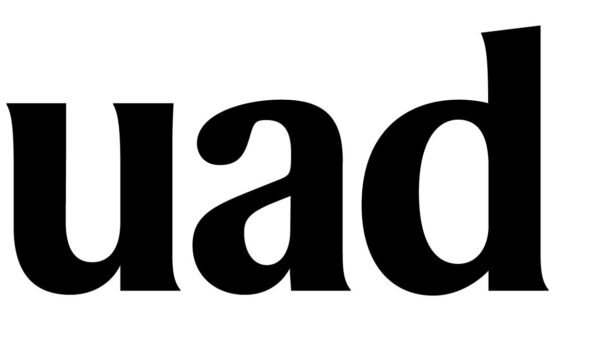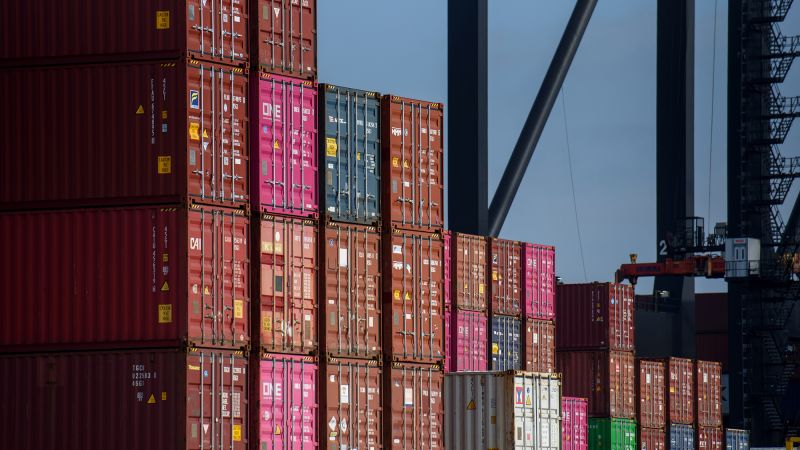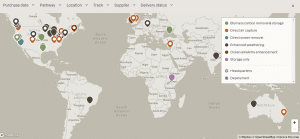President Donald Trump has postponed the implementation of his controversial tariffs on numerous countries, which were initially scheduled to take effect today. The new deadline of August 1, 2023 extends the uncertainty for businesses and provides trading partners of the United States additional time to negotiate agreements that could avert the proposed levies.
This delay has sparked mixed reactions among economists. Many mainstream economists have long criticized tariffs, emphasizing that they typically harm the economies that impose them, along with their workers and consumers. While free trade can indeed create challenges, high tariffs are generally not viewed as the solution. Despite concerns, Trump’s tariffs have not significantly affected inflation, economic growth, or job creation to date. According to Treasury Secretary Scott Bessent, inflation has remained stable, suggesting a calm before a potential storm as economists warn of delayed repercussions.
“The positives of free trade outweigh the negatives, even in rich countries,” stated Antonio Fatas, an economics professor at INSEAD. He highlighted the benefits that the U.S. and Europe have experienced by maintaining open markets.
Impact on Consumers and Businesses
Tariffs function as taxes on imports, directly increasing costs for producers and raising prices for consumers. Approximately half of all U.S. imports consist of intermediate products necessary for manufacturing finished goods, as reported by the Organisation for Economic Co-operation and Development. This was echoed by Doug Irwin, an economics professor at Dartmouth College, who noted that American manufacturers rely heavily on internationally sourced components. Increased costs for these imported inputs ultimately lead to higher prices for consumers, as businesses often cannot absorb the additional expenses.
During Trump’s first term, steep tariffs on $283 billion worth of imports were enacted in 2018, resulting in a complete pass-through of these levies into domestic prices, according to a 2019 study co-authored by Mary Amiti of the Federal Reserve Bank of New York. As a result, American consumers faced higher prices. Economists like Hugh Gimber, a global market strategist at J.P. Morgan Asset Management, noted that generally low tariffs over the past two decades have contributed to relatively stable prices for goods in the U.S.
With the new tariffs expected to raise prices again, Federal Reserve Chair Jerome Powell remarked on June 18, “We’ve had goods inflation just moving up a bit, and, of course, we do expect to see more of that.”
Economic Output and Job Creation Risks
The tariffs are also likely to reduce the overall economic output of the United States. A 2020 study analyzing data from 151 countries between 1963 and 2014 found that tariffs have persistent adverse effects on a country’s gross domestic product. When tariffs are low or non-existent, countries can focus on their competitive advantages, leading to higher productivity and output. Increased tariffs disrupt this dynamic, leading to decreased efficiency and productivity.
Fatas provided a practical example: “If I’m a worker in a factory needing microchips from Taiwan, the higher costs of these imports mean that my company and I create less value per hour worked.” This disruption creates uncertainty, particularly in light of Trump’s erratic trade policies, which have already impacted small businesses. Surveys by the National Federation of Independent Business indicate that the uncertainty surrounding tariffs has affected companies’ willingness to invest, with capital outlay plans reaching their lowest level since April 2020.
Retaliatory tariffs from other countries present additional risks, as they could reduce demand for American goods abroad. When Trump announced new tariffs this year, major trading partners swiftly responded with their own levies, although subsequent agreements with China and the European Union provided temporary relief.
Ultimately, studies indicate that increased import taxes have led to job losses rather than gains. Irwin pointed out that past tariffs, such as those on steel, resulted in net job losses due to the greater employment base in downstream industries compared to the steel sector itself. A Federal Reserve Board study revealed that rising input costs from tariff hikes in 2018-19 led to job losses in American manufacturing.
The complexities of tariffs extend beyond immediate economic impacts, influencing job creation, prices, and productivity. While free trade has generally been seen as beneficial for the global economy, it is not without its challenges for workers facing competition from abroad. Addressing these challenges through retraining and support has been suggested as a vital step in ensuring that all workers benefit from evolving economic landscapes.
As the situation develops, the implications of Trump’s delayed tariffs will continue to resonate across various sectors, highlighting the intricate balance between trade policy and economic stability.




